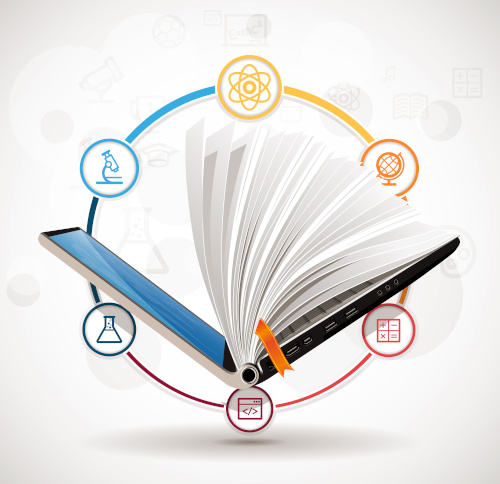While the start of the 2021 school year may not be as crazy as the beginning of the 2020 school year, it would be a mistake to pretend it is just like the Fall of 2019 or earlier. As COVID-19 continues to linger across the country, educators are again demonstrating the “can do” attitude and the spirit of innovation they exhibited at the height of the pandemic.
However, the rise of the Delta variant and other complicating social and political factors have brought us to a new phase in the pandemic that will require a new level of flexibility from classroom teachers.
In conversations with science educators across the country, I’ve identified three specific strategies science teachers are using to meet the needs of students in today’s uncertain environment. Those strategies are:
1. Focusing on the Fundamentals of Good Science Instruction: Fundamentally, science involves figuring out phenomena. Any event that occurs in the universe is a phenomenon, and scientists spend their time investigating phenomena by engaging in various science and engineering practices. They ask questions about phenomena and carry out investigations about them. They develop models about phenomena, and construct explanations about them.
For too long, we have simply told students what scientists have figured out. But research on student learning shows that students learn best when they engage in the same process of figuring out phenomena that scientists engage in. Like scientists, they plan and carry out investigations and analyze data. They then develop models and construct explanations, all as part of a process of making sense of the phenomena. Often, this process leads to new questions that can be the starting point for later lessons.
However, not all phenomena are created equal. Teachers will have the most success when they use phenomena that are observable, comprehensible, and relevant to students. In addition, the phenomena should be connected to disciplinary core ideas the students need to learn and efficient in terms of the time and costs associated with having students engage with the phenomena.
Some phenomena (known as anchor phenomena) are used at the beginning of a unit to encourage students to raise questions that will motivate them throughout the learning process. Other phenomena (called investigative phenomena) are used throughout a unit to provide students with evidence to answer their questions. No matter where an educator chooses to integrate phenomena into instruction, it is sure to catch student’s attention and engage them in learning.
2. Meeting Students Where They Are, Not Where They Theoretically Are Supposed to Be: Despite all of the difficulties, some students actually thrived under last year’s unconventional circumstances. Others got by, and many struggled. While that is always the case, it is even more of the case this year. Our previous experiences with what we can expect the “typical” student to know and be able to do isn’t a good assumption this year.
Instead, science teachers should be spending time at the beginning of any topic of instruction getting a sense of what students’ initial understanding is. While this process should always take place, it is even more essential this year. After the anchor phenomena is introduced at the top of a unity of study, educators I’ve spoken with have students interact with the anchor phenomena, note their observations, list any questions they have, and develop an initial model or explanation of the phenomena. While the main reason for doing this is to motivate students to engage in learning through the entire unit, another powerful benefit of this method is that students’ initial observations, questions, models, and explanations of a phenomenon provide teachers with great deal of information about what the students do and do not know.
Another way to get a sense of students’ initial understanding of a topic is to ask students to describe phenomena from their own lives that relate to the phenomena being investigated in class. In addition to providing insights of what they know, this process also is a great way to connect what students are learning to their everyday lives. It helps them to see themselves as scientists and to see science as a tool that can be used any time and everywhere..
3. Showing Flexibility as Circumstances Change: Finally, despite the hope that things will go back to normal and the effects of COVID will continue to diminish, that outcome is far from certain.
In these times, where we are unsure of whether students will be in the classroom or learning from home, it’s useful to have curriculum materials that can work well in either environment. One advantage of a digital learning platform is that it works well in any learning environment.
While first-hand interactions with phenomena are often the best experiences, they aren’t always possible even when students can be in the classroom. For example, it is very unlikely that your class can go visit a kelp forest as they learn about the flow of matter and energy in an ecosystem, but the use of video can essentially allow students a virtual field trip to the ocean depths off the coast of Alaska.
In addition, teachers can use digital learning platforms that offer a vast array of phenomena and activities to supplement science instruction as needed when circumstances change.
Teaching can sometimes be challenging, and this year will probably be more challenging than most. But if teachers employ the strategies of focusing on the fundamentals of good science instruction, meeting students where they are, and being flexible, they can not only ensure that their students weather the coming school year, but thrive in it.
- 4 ways to encourage play in education - April 25, 2024
- CoSN IT Leader Spotlight: Lisa Higgins - April 25, 2024
- It’s time to pay student teachers - April 25, 2024

